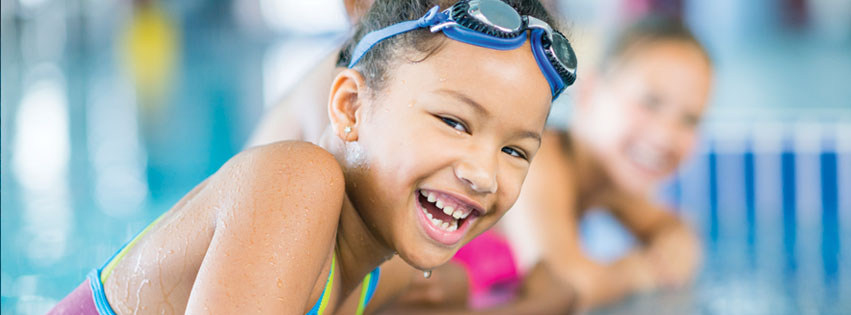Swimmer’s ear is no fun. Yet anyone who swims regularly runs the risk of contracting it. If you’re unsure what swimmer’s ear is or whether you have it, read about what it is and what you can do to prevent it.
If you or your child does have swimmer’s ear, you do need to go to a doctor. It isn’t something that clears up on its own. One of the risk factors that increase the likelihood of getting swimmer’s ear is sticking foreign objects in the ear, such as a cotton swab, that can damage the outer ear canal. You don’t want to exacerbate the issue by trying to clean out the outer ear canal yourself.
What the doctor will do to treat swimmer’s ear
The doctor’s first task will be to confirm that swimmer’s ear is the issue. This will be a visual examination of the ear, including inside the ear using an otoscope. The doctor may also use a small suction device and/or curette to clean debris out from the ear. This cleaning process helps the doctor see what’s happening inside the ear more clearly. It’s also necessary to help make sure that the medicine drops used to clean the infection get everywhere they need to go.
If the issue is swimmer’s ear, the doctor will prescribe some eardrops to kill the infection. There are different types of eardrops, including some variance based on the severity of the infection. The different eardrop options include:
- Antibiotics or antifungal agents, depending on the cause of the swimmer’s ear
- Steroids to reduce the inflammation of the ear
- Acidic solutions that help rebalance the ear’s outer canal environment
How many drops to take at once or how often during the day is all information that will be specified in the prescription and based on the specific case of swimmer’s ear being treated. As always, follow the directions in prescription!
Regardless of how many drops or how often, it is usually recommended to take them while laying down, so the infected ear is pointing up. Let gravity do its thing and pull the medicine to all the nooks and crannies of the ear canal.
Treatment beyond the eardrop prescription
Swimmer’s ear can be quite painful. If that’s the case, ask the doctor for an appropriate over-the-counter, or prescription, pain reliever.
In addition to medication, there are other steps to take to accelerate the healing process:
- Don’t go swimming! You can return to the pool once the swimmer’s ear has been cured.
- In fact, avoid any situation where the ear will be submerged under water. Talk to the doctor about ways to keep water from entering the ear while showering, like using a shower cap.
- Don’t use anything that will plug up the ear canal, such as headphones or earbuds.
- Avoid flying, sky-diving, or any other situation where you can rapidly change altitude or experience significant air pressure shifts. It will be painful.
Follow any other direction given by the doctor. It can take over a week to cure completely, but you should start to feel some relief within a couple of days. If not, it may be worth contacting the doctor again. In some cases, the ear canal may be so blocked with debris or fluid, the drops aren’t getting where they need to go.
What happens if the swimmer’s ear is more serious than simple eardrops
Since swimmer’s ear doesn’t clear up on its own, it will get worse if left untreated. Going to the doctor at the first sign of symptoms is the best-case scenario. However, that doesn’t mean the case may not be serious from the start.
During the examination, the doctor may see that there’s serious internal damage to the ear canal or even the ear drum. In that case, you may be referred to an ear, nose and throat specialist. The doctor might decide to send some of the debris or discharge from the infected ear to a lab for more precise examination.
In more serious cases of swimmer’s ear, oral or IV antibiotics may be prescribed. It may also require a more extensive procedure to clean out the ear canal, using an ear wick or candle. Don’t use the ear candle yourself. If it’s necessary, it can be done at the doctor’s office.
Let swimmer’s ear heal and then get “back on the horse” (or in the pool…)
Eager as you or your child is to get back in the pool, take the time needed for swimmer’s ear to heal. You don’t want to get into a bad cycle of almost healing, and then making the swimmer’s ear worse.
The pool will still be waiting for your healthy return.
 hbspt.cta.load(3803665, ‘9aa4eb1b-8bcc-42dd-8bf0-f4a580b243da’, {});
hbspt.cta.load(3803665, ‘9aa4eb1b-8bcc-42dd-8bf0-f4a580b243da’, {});




